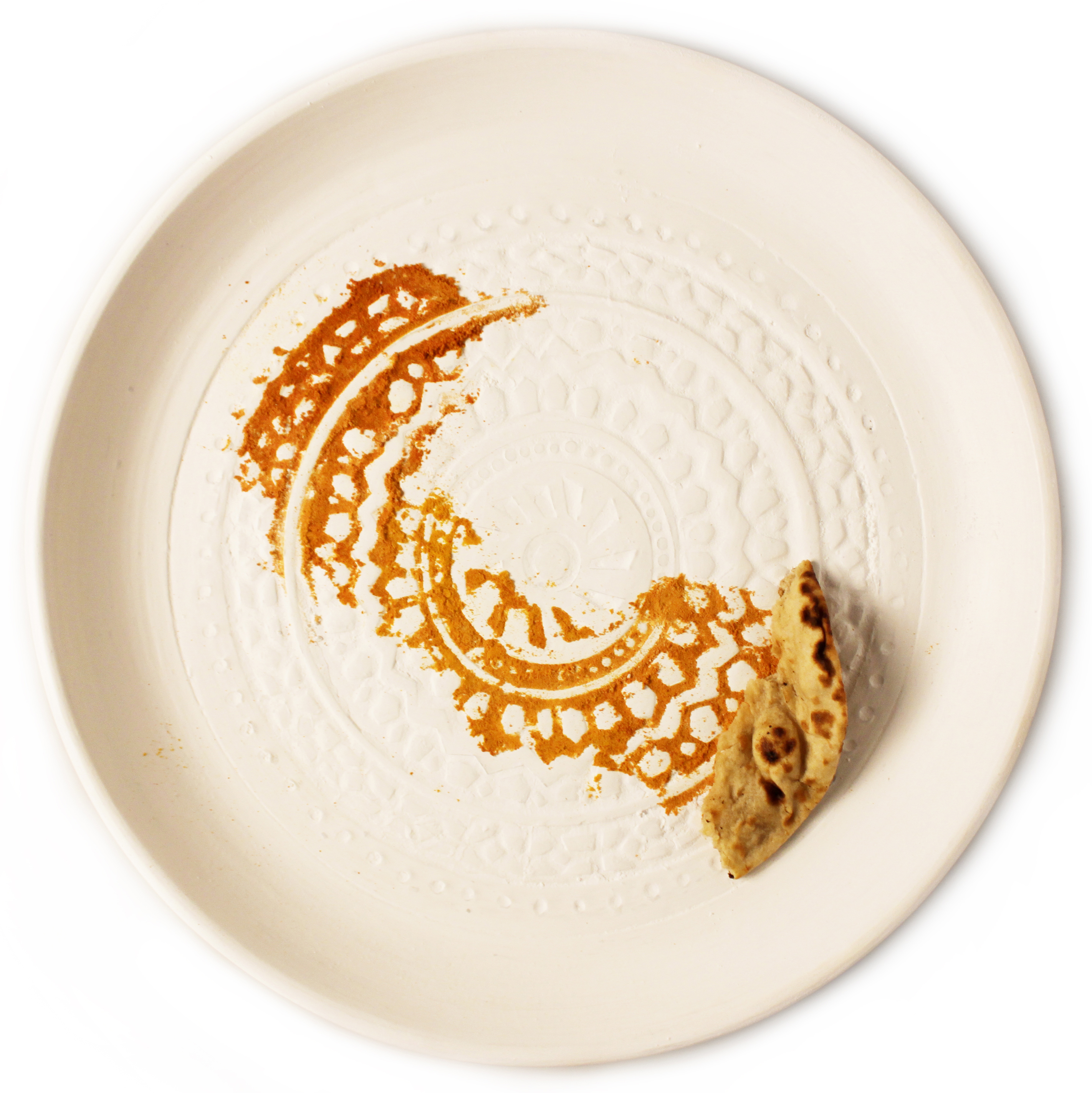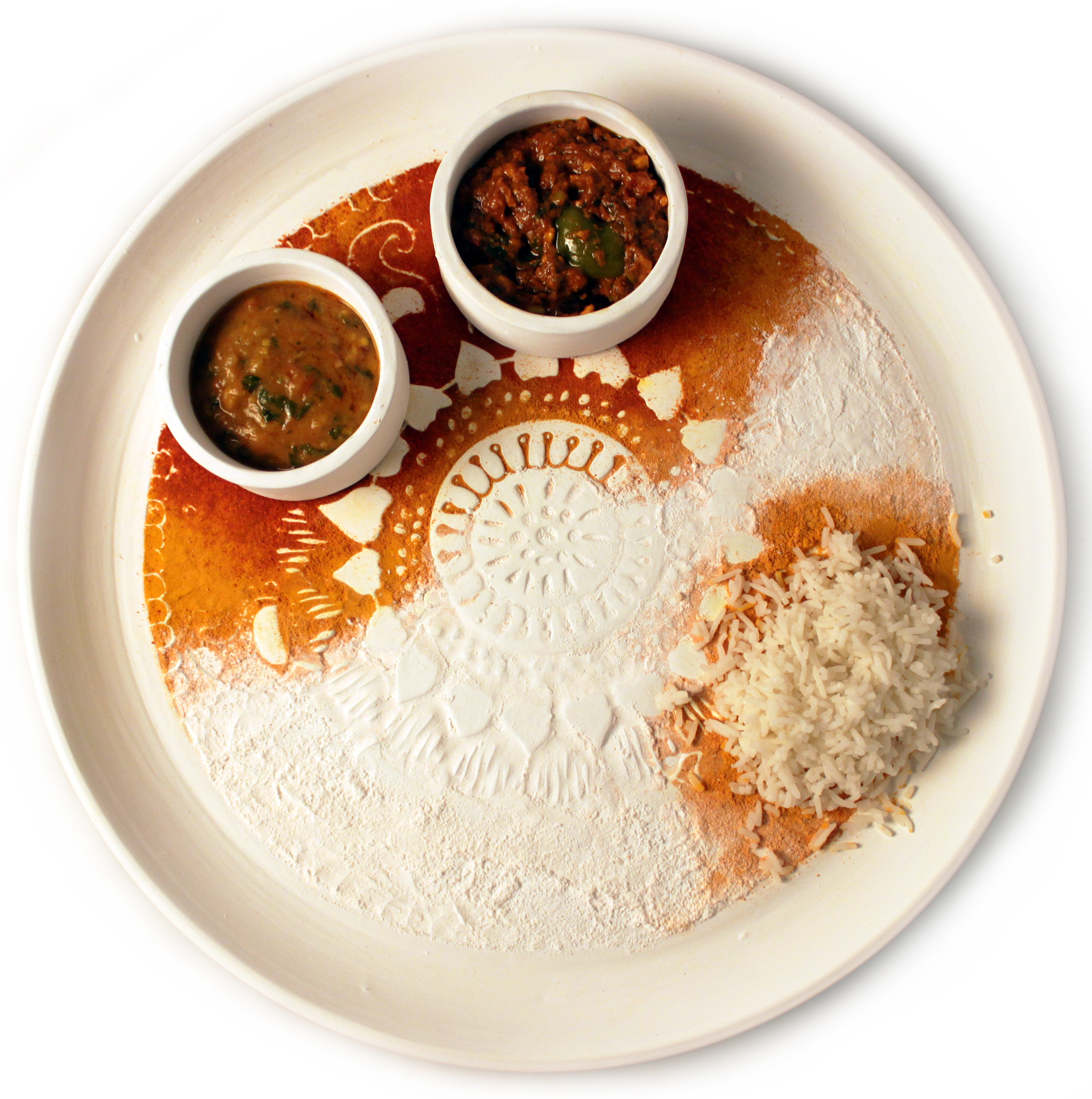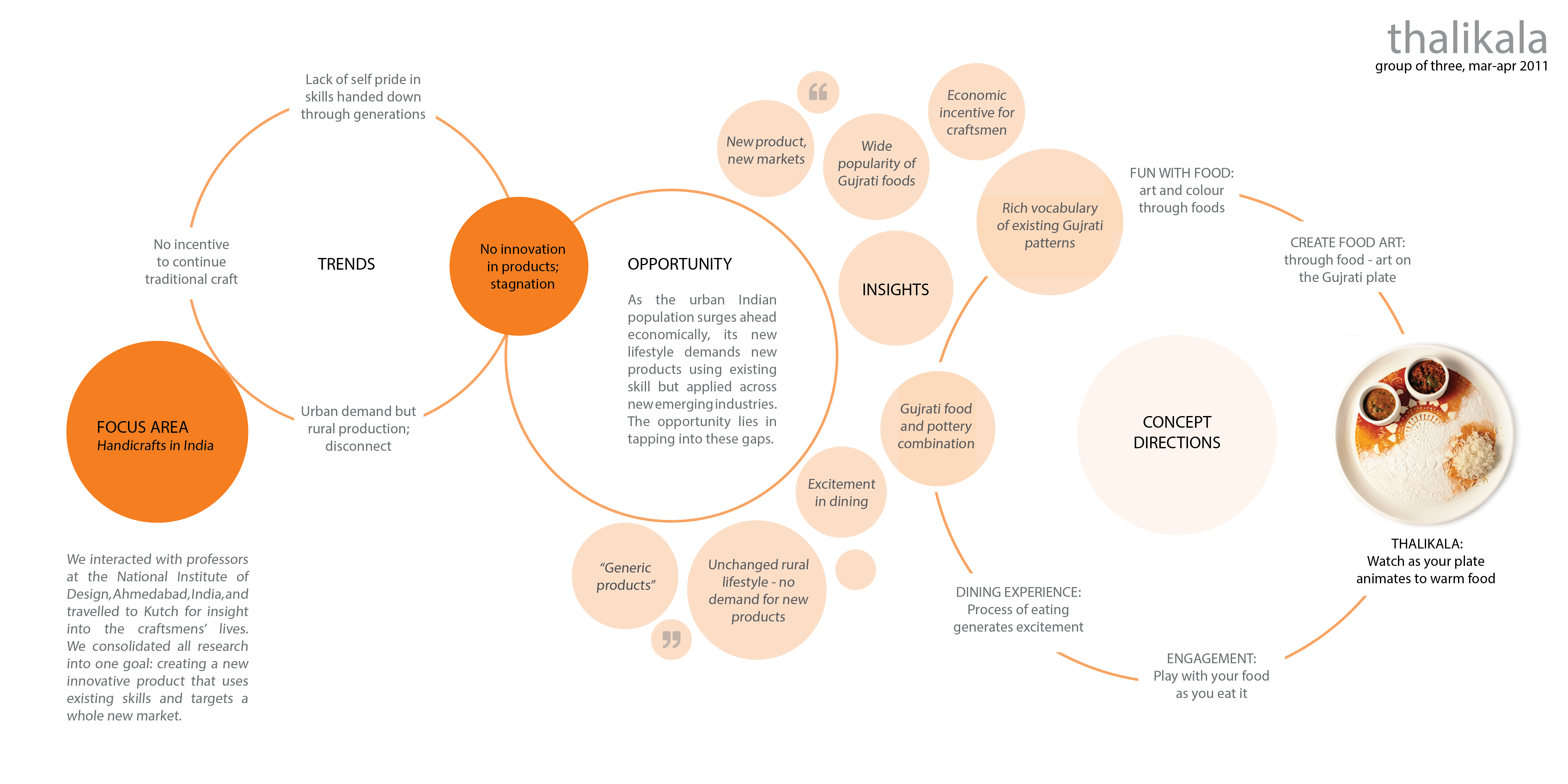Thalikala

With growing disconnect between urban demand and rural production of Indian crafts, might a disruptive innovation help traditional crafts survive?
The Problem
Indian craft forms are dying out at a rapid pace, in spite of government interest and investment. Urban dwellers value craft products but rural craftspersons are discontinuing their arts that have been handed down generations. How might designers help?

Exploratory Research
We traveled to five villages around Gujarat, India, each having historically produced a distinct craft form. Observing craftspersons and conversing about their hopes and dreams, we uncovered recognizable patterns in responses.




Insight
There is a real disconnect between rural production of crafts and the urban demand for it. Rural artists don’t understand urban lifestyles and carry on producing existing products that no longer meet urban expectations.With lesser demand, artisans end up in a financial downward spiral that in turn does not allow for product experimentation or innovation. This disconnect is resulting in stagnation and helplessness.
System
In order to create impact, we wanted to d isrupt the market with a product innovation. The goal was to create an inclusive, evolved, and innovative product which integrates different elements of traditional Indian artistry. This would retain interests of the craftsmen, and create a sustainable incentive for them to continue pursuing their craft.Prototype Design
Since the local cuisine was celebrated across the country, we explored various food technologies that could be incorporated into a new product. Combining food and existing local craft forms of pottery and block printing truly celebrated the location of the effort, Gujarat, India.






Product
Thalikala, or Plate-art, is a new craft product, which uses a combination of existing Gujrati crafts: block printing, clay relief, pottery and food. The intent is to bring awareness to and generate engagement between craftsmen and Indian crafts. These plates contain embedded patterns which become visible only when in contact with food.





